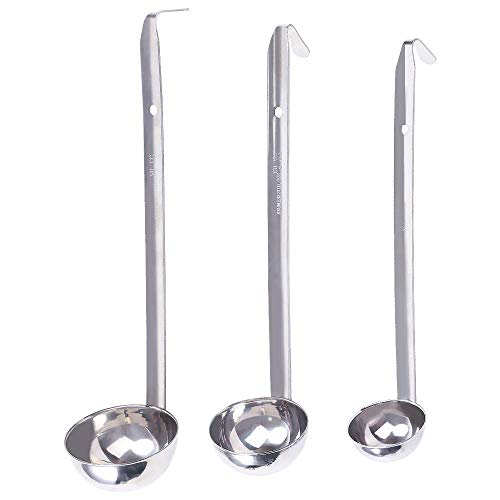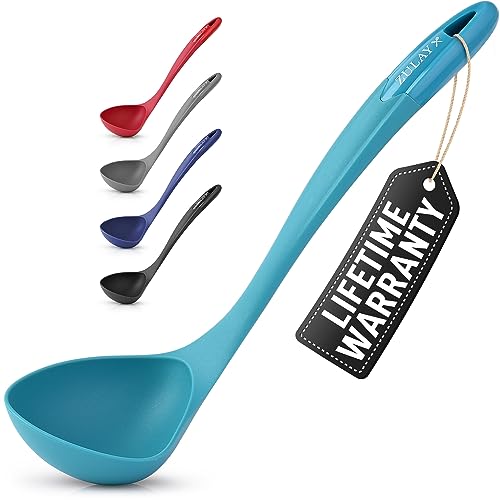The Origins: Early Use of Ladles
The ladle is a kitchen tool used for serving or transferring liquids and semi-liquids such as soups, broths, sauces, and stews. Its history dates back to ancient civilizations where it was made from materials such as wood, metal, or clay. The earliest use of a ladle was seen in the Egyptian civilization where it was used for serving beer and porridge.
The Evolution: Advancement in Design and Functionality
As civilization advanced, the design and functionality of the ladles were enhanced to fit different purposes. In medieval Europe, ladles were used for serving and drinking wine from large barrels. The ladles were made of silver and had long handles that enabled the servers to reach deep inside the barrel.
The Modern-Day Ladle: Variety in Shape, Size, and Material
Today, ladles come in a wide range of shapes, sizes, and materials. The most common materials used to make ladles are stainless steel, silicone, plastic, wood, and silver. Modern-day ladles are used not only in the kitchen but also in industries such as manufacturing, medicine, and mining.
The Cultural Significance of the Ladle
Aside from its practical uses, the ladle has cultural significance across the world. In China, it is believed that the ladle can bring wealth and prosperity to its owner. In Japan, the ladle is used during traditional festivals to purify people before entering a shrine or temple. In India, the ladle is used during religious ceremonies to offer food to the gods.
The Ladle in Art and Literature
The ladle has also found its way into art and literature. It has been depicted in paintings, sculptures, and poetry. In the famous painting “The Milkmaid” by Johannes Vermeer, a ladle can be seen hanging on the wall. In “The Odyssey” by Homer, the hero Odysseus uses a ladle to blind the cyclops Polyphemus.






